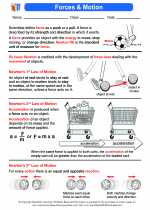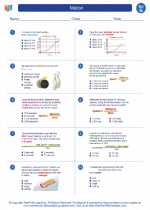Cellular Structure
Cellular structure refers to the organization and composition of cells, which are the basic units of life. Understanding cellular structure is essential for comprehending the functions and processes that occur within living organisms.
Parts of a Cell
Cells are composed of several key structures:
- Cell Membrane: A semi-permeable barrier that surrounds the cell, providing structure and controlling the passage of substances in and out of the cell.
- Cytoplasm: The gel-like substance within the cell that houses organelles and other cellular components.
- Nucleus: The control center of the cell, containing genetic material (DNA) and governing cellular activities.
- Organelles: Specialized structures within the cell that perform specific functions, such as mitochondria for energy production and endoplasmic reticulum for protein synthesis.
Types of Cells
There are two main types of cells:
- Prokaryotic Cells: Simple, single-celled organisms lacking a nucleus and membrane-bound organelles.
- Eukaryotic Cells: Complex cells found in plants, animals, and fungi, possessing a nucleus and membrane-bound organelles.
Cellular Functions
Cells perform various functions essential for life, including:
- Metabolism: The chemical processes that provide energy and essential molecules for cellular activities.
- Growth and Reproduction: Cells grow and reproduce to perpetuate life.
- Response to Stimuli: Cells can respond to internal and external stimuli to maintain homeostasis.
- Homeostasis: Cells regulate their internal environment to maintain stability and balance.
Cell Theory
The cell theory states:
- All living organisms are composed of one or more cells.
- The cell is the basic unit of structure and organization in organisms.
- All cells come from pre-existing cells through the process of cell division.
Study Guide
To effectively study cellular structure, consider the following:
- Memorize the parts of a cell and their functions.
- Understand the differences between prokaryotic and eukaryotic cells.
- Review the processes and functions performed by cells, such as metabolism and response to stimuli.
- Learn and comprehend the cell theory and its implications in biology.
Understanding cellular structure is crucial for comprehending the complexities of life and biological systems.







